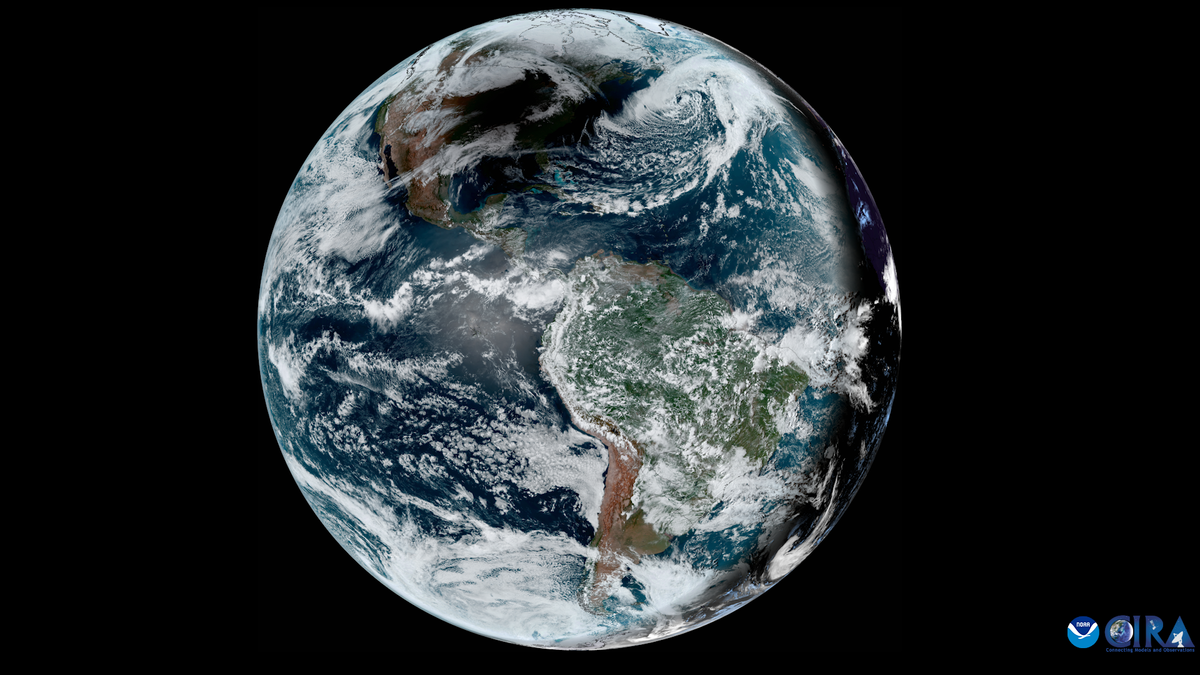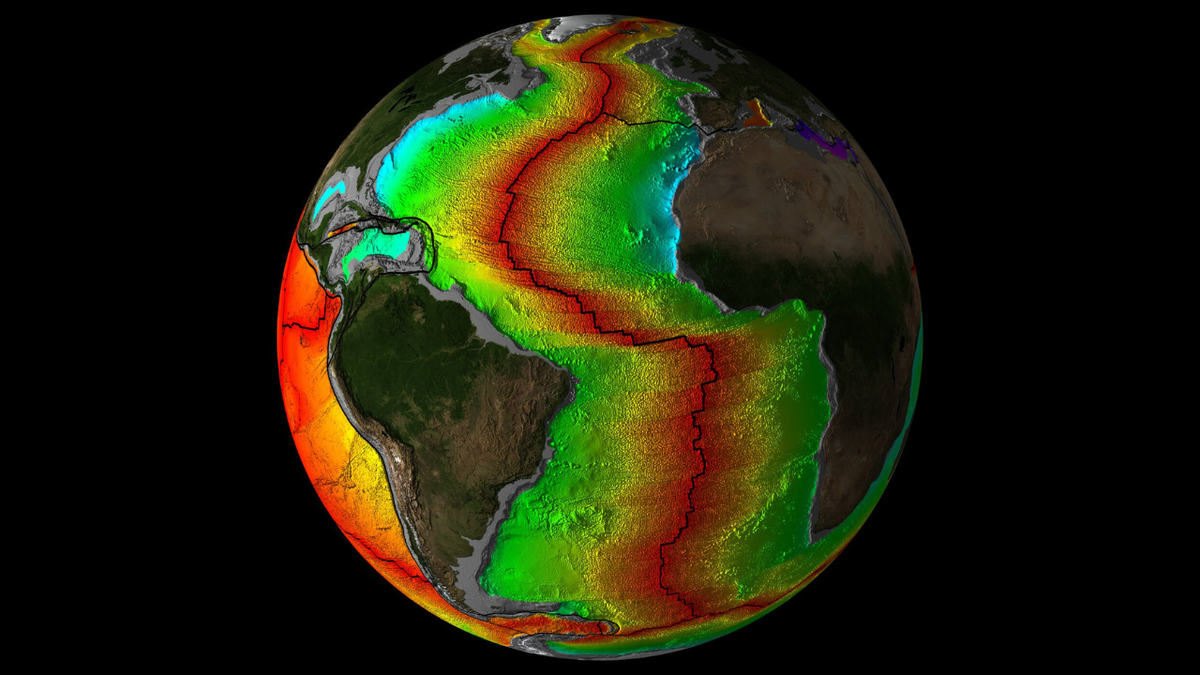NASA Swift Observatory Science Observations Halted Temporarily
NASA recently decided to pause the science observations carried out by the Neil Gehrels Swift Observatory. The space telescope, known for monitoring powerful radiation bursts from cosmic events, also called “gamma-ray bursts,” is currently facing some technical issues. Despite this setback, it is important to note that the interruption is temporary in nature.
Reason for the Pause
The decision to place Swift in safe mode on March 15 was prompted by a decline in the performance of one of the three gyroscopes essential for the telescope’s operations. Over the past few months, the Swift team had been monitoring increased noise levels in the affected gyroscope. By mid-March, the gyroscopes had deteriorated to the point where the spacecraft was struggling to maintain alignment with its star tracker, inhibiting its ability to carry out scientific observations effectively.
Efforts to Resolve the Issue
While Swift was designed to continue functioning with the failure of one gyroscope, a software patch is required to enable the satellite to operate in two-gyroscope mode successfully. NASA is currently working on uploading and installing this patch, with the expectation that it will restore Swift to full operational capacity in a timely and safe manner. Until the software patch is fully implemented, the observatory’s scientific observations are expected to be limited.
Swift’s Scientific Contributions
Over its nearly 20-year tenure, Swift has played a pivotal role in observing gamma-ray bursts, providing crucial insights into these high-energy cosmic phenomena. By swiftly detecting and reporting GRBs to ground-based telescopes, Swift enables researchers to study the aftermath of these events comprehensively. Its sophisticated multiwavelength telescopes cover a wide range of light emissions, including visible, ultraviolet, X-ray, and gamma-ray wavelengths.
One of Swift’s most notable discoveries, the “Brightest Of All Time” (BOAT) gamma-ray burst, remains a significant milestone in astrophysical research. The BOAT, identified in October 2022, showcased unprecedented energy levels and shed light on the extreme phenomena occurring in our vast universe. Swift’s ability to capture such remarkable events underscores its invaluable contribution to space exploration.
Despite its age, Swift continues to surprise scientists with groundbreaking findings. In September 2023, the observatory detected a black hole consuming a sun-like star in a distant galaxy, marking a new chapter in its scientific endeavors. With ongoing advancements and a dedicated team, Swift is poised to continue pushing the boundaries of astrophysics and uncovering the mysteries of the cosmos.
Image/Photo credit: source url





